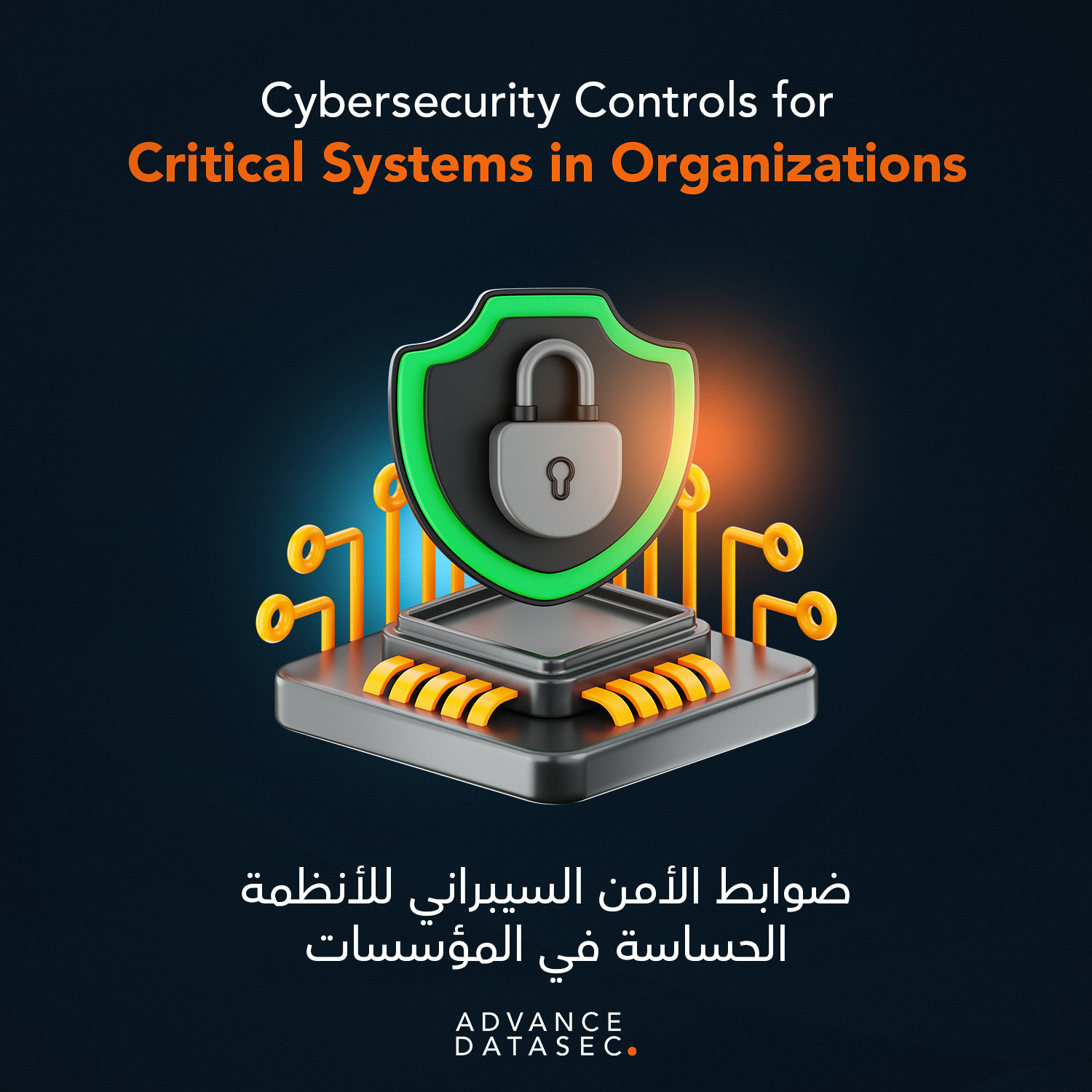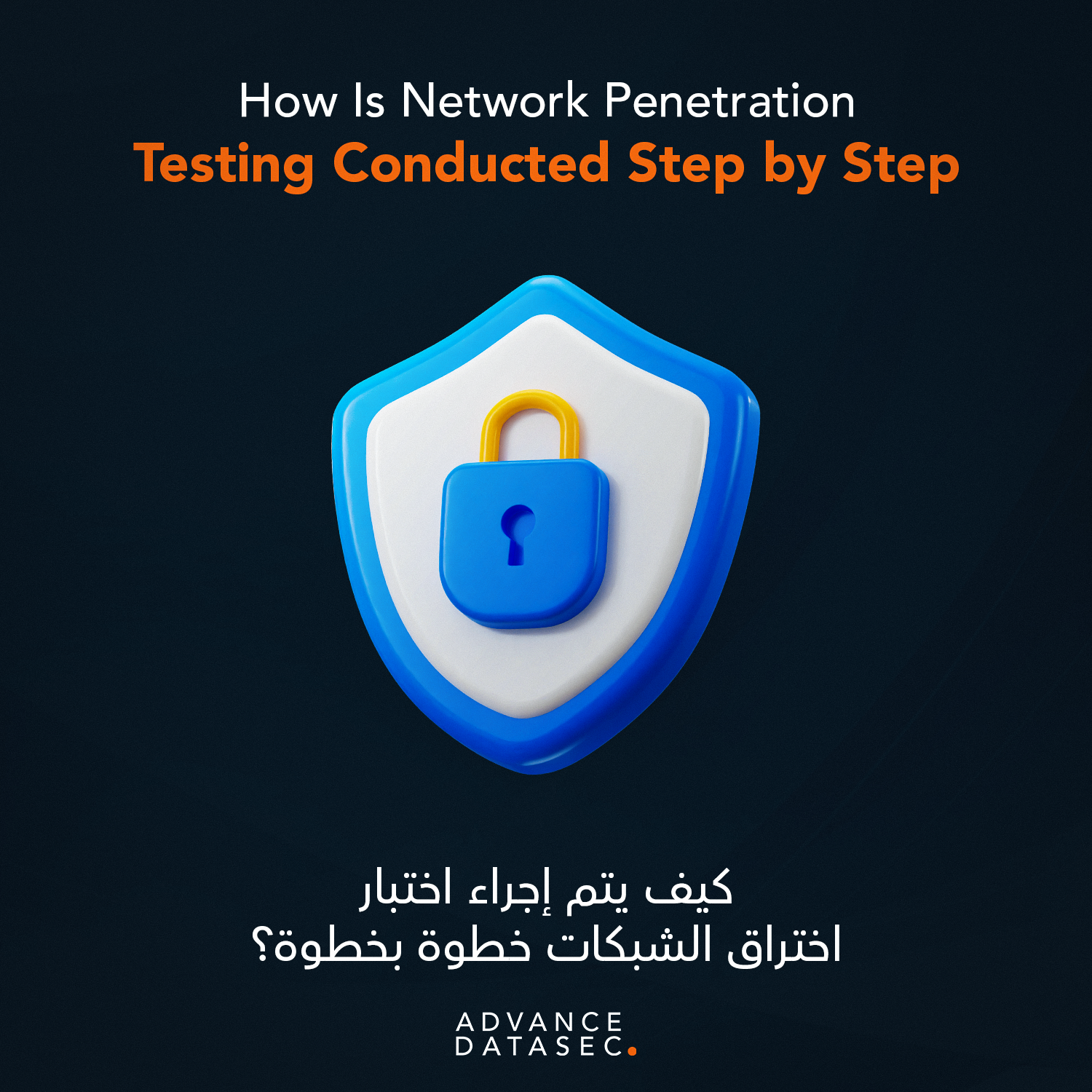In the modern digital landscape, software is no longer just a business tool; it is the business itself. Every application, from customer-facing portals to internal data processing systems, represents a core asset—and a potential liability. Traditional software development often treated security as a final, bolt-on step, a practice known as “security testing at the end.” This outdated approach inevitably leads to delays, ballooning costs, and critical vulnerabilities making it into production.
The industry’s answer to this crisis is the Secure Software Development Lifecycle (SSDLC), a structured process that integrates security activities into every single phase of development, from initial planning to final deployment and maintenance. For any organization serious about protecting its data, complying with regulations (such as NCA and SAMA in the Saudi market), and preserving its reputation, adopting a comprehensive secure software development lifecycle (SSDLC) is non-negotiable.
This article explores what the SSDLC is, why it is essential for modern software development, and the key phases required to embed security into the DNA of your applications.
The Pitfall of the Traditional SDLC: Security as an Afterthought
In the legacy Software Development Lifecycle (SDLC) model, development teams would focus on functionality and speed. Security teams would often only receive the application for testing (usually a Penetration Test or Vulnerability Scan) just before the planned launch. This “shift-right” approach creates severe problems:
- Costly Remediation: The later a vulnerability is discovered, the exponentially more expensive it is to fix. A flaw in the architectural design discovered during final testing requires massive rework and code restructuring.
- Release Delays: Finding critical bugs late in the cycle forces developers back to the drawing board, pushing back release dates and damaging business timelines.
- Incomplete Coverage: Security testing at the end is often rushed and cannot comprehensively cover all architectural and design flaws.
The secure software development lifecycle (SSDLC) fundamentally shifts the paradigm by embedding security earlier—a “shift-left” philosophy—making developers and security specialists partners throughout the process.
The Six Phases of the Secure Software Development Lifecycle (SSDLC)
The secure software development lifecycle (SSDLC) expands upon the traditional SDLC by introducing mandatory security gates at each stage. While frameworks vary, the core security activities remain consistent:
1. Requirements and Training: Defining Security from Day One
The security journey begins with clear requirements. Instead of merely listing functional needs, the team must define security requirements that protect data and meet compliance standards.
- Security Requirements: Defining mandatory controls, such as requiring two-factor authentication, enforcing strong password policies, and ensuring data encryption standards (both in transit and at rest).
- Risk Analysis: Identifying potential high-impact threats and classifying data sensitivity (e.g., PII, financial data). This drives resource allocation for subsequent phases.
- Developer Training: Ensuring the development team is educated on secure coding practices and common vulnerabilities (like the OWASP Top 10).
2. Design and Architecture: Building a Secure Blueprint
This is arguably the most critical stage for securing an application, as fundamental flaws here are the hardest to correct later.
- Threat Modeling: A systematic process of identifying, categorizing, and prioritizing threats to the system. This involves mapping data flows, identifying trust boundaries, and imagining how an attacker might compromise components.
- Secure Design Principles: Applying architectural best practices, such as the Principle of Least Privilege, defense-in-depth, and secure separation of concerns.
- Security Architecture Review: Having a security expert review the application’s design documents to ensure security controls are correctly placed.
3. Implementation and Coding: Writing Defensible Code
In the coding phase, the focus shifts to ensuring that the developers implement the design securely, avoiding known coding mistakes.
- Secure Coding Standards: Adhering to organizational policies that detail safe language usage, input validation, and secure handling of sensitive functions.
- Static Application Security Testing (SAST): Using automated tools that scan the application’s source code (without executing it) to find security flaws like buffer overflows or injection vulnerabilities.
- Peer Code Review: Including security as a mandatory checklist item in all code reviews to catch logical flaws or simple mistakes before they are checked into the main branch.
4. Testing and Verification: Validating Controls
Testing in the secure software development lifecycle (SSDLC) is not just about functionality; it is about verifying that security controls work as intended and that new vulnerabilities haven’t been introduced.
- Dynamic Application Security Testing (DAST): Tools that test the running application from the outside, simulating an attacker to find vulnerabilities that only appear at runtime.
- Penetration Testing (Pen Test): Independent security experts conduct hands-on, simulated attacks to find complex, business-logic flaws that automated tools often miss.
- Component Analysis (SCA): Scanning third-party and open-source libraries for known vulnerabilities, which are a major source of modern security risk.
5. Release and Deployment: Securing the Environment
The final stage before production deployment involves ensuring the application’s environment is hardened and the deployment itself is secure.
- Secure Configuration: Ensuring that all servers, containers, and cloud services supporting the application are configured securely, with unnecessary ports closed and default credentials changed.
- Final Security Review: A last-minute check to ensure all security issues found during testing have been addressed and documented.
- Automated Deployment: Utilizing CI/CD pipelines to ensure consistent, error-free deployment, which reduces the chance of manual configuration mistakes.
6. Maintenance and Response: The Ongoing Cycle
Security is continuous. Even after launch, the team must be prepared for ongoing threats.
- Vulnerability Management: Regularly scanning the live application and its components for new, zero-day vulnerabilities.
- Incident Response Plan: Having a clear, rehearsed plan for how to contain, eradicate, and recover from a security breach.
- Patching and Updates: Swiftly applying security updates to the application and its dependencies throughout its lifespan.
The Strategic Advantages of Adopting an SSDLC
Moving to a comprehensive secure software development lifecycle (SSDLC) offers significant strategic benefits that directly impact the bottom line:
- Reduced Development Costs: By finding and fixing flaws in the design and coding phases, organizations save massive amounts of time and budget that would otherwise be spent on costly emergency patches near launch.
- Faster Time-to-Market: Integrating security checks seamlessly into the pipeline prevents late-stage discoveries that cause major delays. A secure pipeline is an efficient pipeline.
- Enhanced Compliance: The structured documentation and mandatory gates inherent in the SSDLC simplify compliance efforts for regulations like ISO 27001, PCI DSS, and regional frameworks like NCA ECC.
- Improved Reputation and Trust: Delivering demonstrably secure applications minimizes the risk of breaches, thereby protecting customer data and reinforcing brand trust in a competitive market.
Conclusion: Security Is a Process, Not a Feature
The modern application cannot afford to treat security as a feature that can be added later. It must be viewed as an indispensable quality standard woven into the fabric of the development process. Adopting the secure software development lifecycle (SSDLC) is the definitive step toward achieving this goal, transforming your development team into a proactive line of defense. It is the framework that guarantees your software is robust, compliant, and ready to face the ever-evolving cyber threat landscape.
Don’t leave the security of your critical business applications to chance or late-stage testing. Ensure that security is built-in, not bolted-on, from the very first line of code.
Ready to transform your development processes and ensure your applications meet the highest security standards? Contact Advance Datasec today for expert Secure Software Development and Application Security Review services tailored to protect your business assets and meet all regional regulatory requirements.

For more articles:







